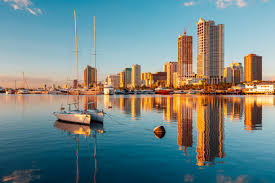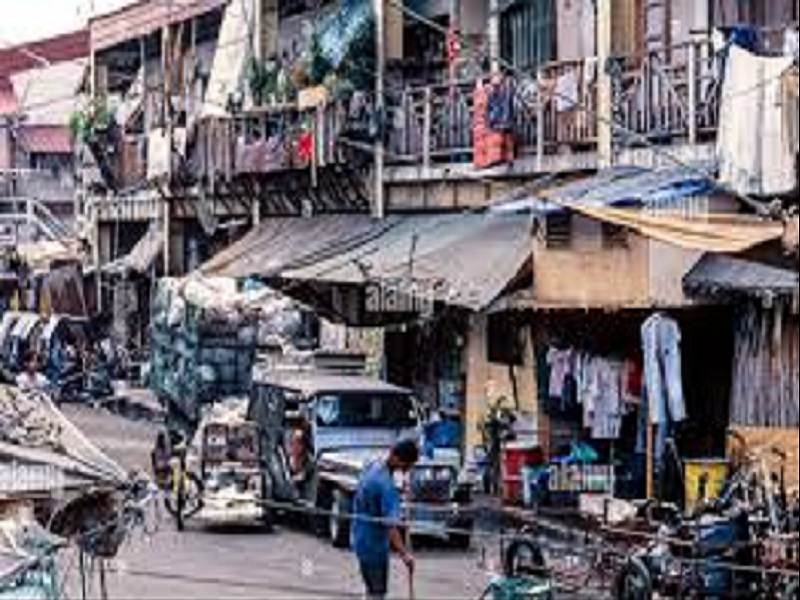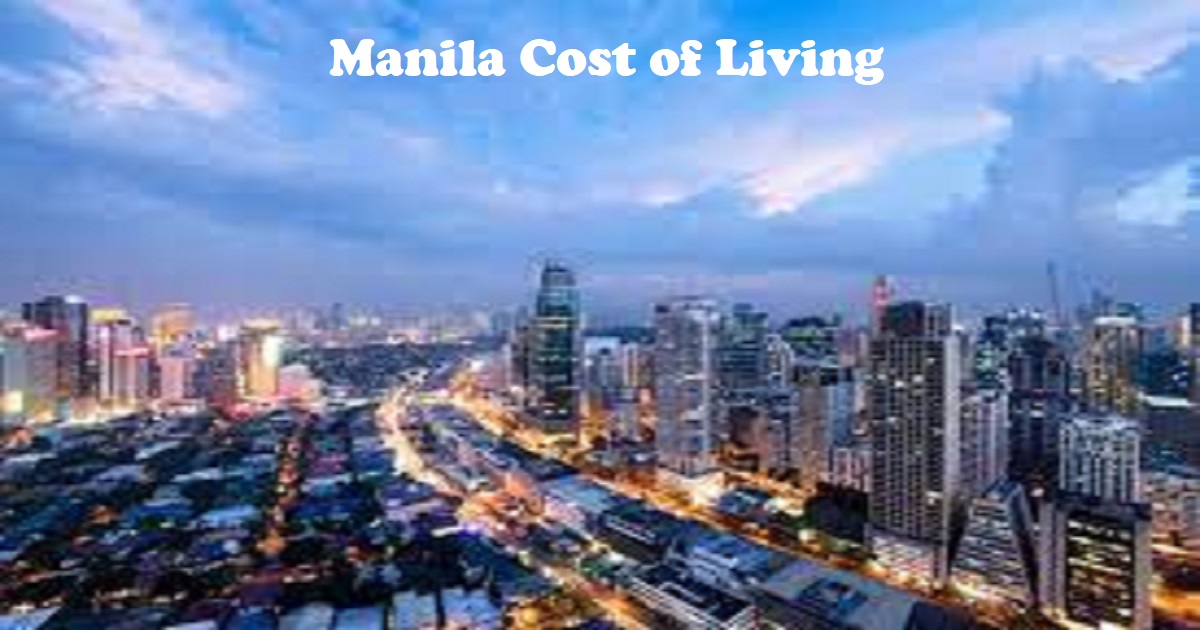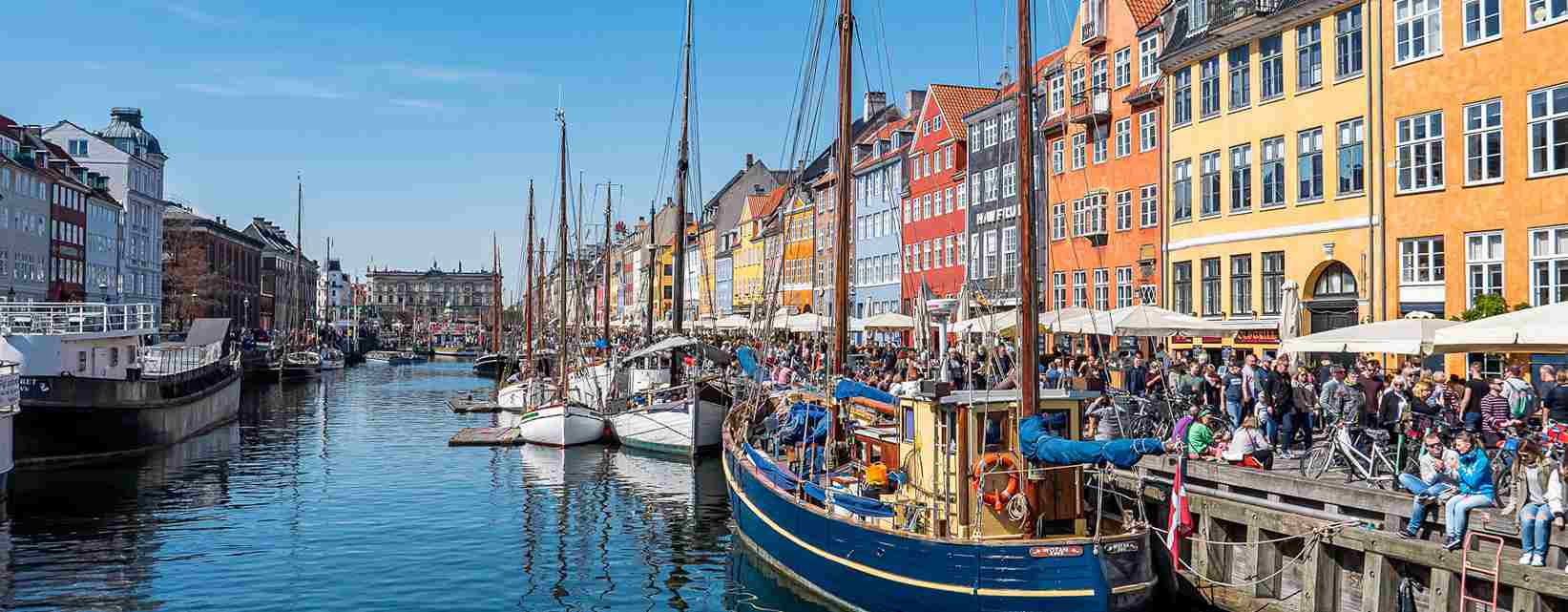About Manila Cost of Living
The City of Manila is the capital of the Philippines and the second-most populated metropolis in the world. It is a highly urbanized and densely populated city in the Philippines. The city has a population of around 1,846,513 people in 2020 and covers a metropolitan area of about 619.57 km2 (239.22 sq mi).
Manila is among the top 35 percent of the least expensive cities in the World, with an average cost of living around $807, and is placed 6039th out of 9294 cities in worldwide city ranking. This city is ranked good for income class members, with a GDP of PHP4.9 trillion as of the first quarter of 2022.
This article will cover the Manila cost of living, rents of different sized apartments, transportation, utility costs, and lifestyle to help anyone planning to visit and explore this city or relocate to this city from any other city in the World.
Lifestyle In Manila

Regarding climate changes, Manila has been categorized as one with a tropical savanna climate close to the tropical monsoon climate. There is no real dry season; the environment is hot and muggy all year. Humidity levels are very high year-round. It won’t be difficult for you to communicate with people in Manila because almost everyone can speak and comprehend English.
In Bonifacio Global City, which is a district of Metro Manila, there are theaters, eateries, and musical acts. Tagalog, more formally known as Filipino, is the language of this city. Intramuros (Walled City) is known for being a tourist spot. Manila is also a central hub for cultural events and home to many museums.
There are many offices for the government, businesses, facilities, and educational institutions located in the center of this city. One of the city’s most significant museums, Bahay Tsinoy, features documentation of Chinese impacts on Manila culture.
Despite how exciting life may be in Manila, recent years have seen a sharp increase in out-of-pocket medical costs. On the other hand, Manila’s foreign residents enjoy access to top-notch medical facilities that are well-equipped and of the highest caliber.
There are always many people and cars on the streets, so it could be challenging to find a peaceful spot. Emerita is where ex-pats look for easy access to the city’s major roads. Manila boasts four airports that make travel to other Asian cities. In the Philippines, including the capital, more than 90% of residents identify as Christians.
The pro factors like low cost of living and housing, low tax rates, low crime in metropolitan areas, high-end education universities, and excellent touring spots make it a great, attractive, and vibrant city for expats and its citizens. It’s a fantastic city with decent health care, education, leisure, and lifestyle options.
Education Opportunities in Manila
Manila is home to several high schools, polytechnic colleges, and universities, both government and private. The Polytechnic University of the Philippines’ main campus is also located in this city. Both the Intramuros-based University of the Municipal of Manila and the nearby Universidad de Manila are owned and run by the Manila city government.
The country’s top state university, the University of the Philippines, was founded in Manila’s Ermita neighborhood in 1908. The section of this city with the highest concentration of colleges and institutions is referred to as “University Belt.”
Manila is considered among the cities in terms of high literacy, meaning residents who have completed their high school education. The city has an introductory literacy rate of 99.5%. The state’s average graduation rate is almost 99%.
Additionally, residents can attend public schools for free as primary and secondary students. Certain costs, such as topic fees and levies, device charges, camps, excursions, etc., will be your responsibility to pay. Private school tuition prices will vary depending on the school’s business plan. Private schools are costly.
Simply attending elementary school will set you back between PHP25,000 and PHP100,000. High school tuition ranges from PHP 40,000 to PHP 150,000. College tuition ranges from PHP 70,000 to PHP 250,000. The tuition amount increases depending on the type of school and grade level.
Cost of apartments for rent in Manila

Manila’s cost of living is considered to be higher than that of other Asian nations in its surroundings. According to various statistics, the typical rent in Manila ranges from PH 20,000 to 65,000. Several factors, such as the location, the size of the flat, and the landlord’s amenities, affect the prices of apartments.
Due to government rules, purchasing real estate is almost impossible for non-Filipino citizens. When searching for a home in Manila, research where you want to live, which neighborhood is best for you, and how much money you have to spend.
This decision will affect the price of buying a home. Apartment prices in Metro Manila have climbed over 40 percent from end of 2016 to end of 2019 and are currently sitting at $17.19 per sq. meter.
In Manila, apartments are generally located in different locations, sometimes near train stations and public transport hubs. One-bedroom apartments in the metro area may be more expensive than smaller units in the suburbs. However, you can also find one-bedroom apartments starting as low as per month.
On the other hand, three-bedroom apartments may be more expensive in the suburbs because they often have more excellent finishes and facilities. A summary of approximate apartment sizes and their rents is given below, which helps you find suitable options:
- A typical one-bedroom apartment in the city center costs PHP 32,616 a month and is typically 480 square feet.
- Outside of the city centre, the typical rent for a 480 square foot one-bedroom apartment is PHP 15,500.
- A three-bedroom apartment with an average size of 900 square feet is rented for Php 100,500 a month in the city center.
- A three-bedroom apartment with an average size of 900 square feet for rent costs Php 39,000 outside of the city core.
Do you want to know interesting facts about Copenhagen City, read this article in our ‘Business’ category: Cost Of Living In Copenhagen: A Comprehensive Guide About What Is The Cost Of Living Copenhagen?
Transportation and utility costs in Manila
Due to the diversity of available modes of transportation, getting around Manila is relatively easy. Transportation options in Manila include taxis, jeepneys, ride-hailing services, buses, the Light Rail Transit (LRT), the Metro Rail Transit (MRT), and car rentals. A different option is short-distance walking. However, it is not encouraged owing to the humid weather and some strange neighborhoods.
Even among Filipinos, they sadly have a horrible reputation for failing to turn on the meter and trying to overcharge their customers. Also, there are ride-hailing apps available in Manila.
There is typically a little booking charge to pay (generally around 70 pesos). Still, the cars you acquire through these apps are typically in better condition, more comfortable, and have more trustworthy drivers. You must take a Jeepney if you are visiting the Philippines.
These modified jeeps are the most popular form of transportation in the country. Each Jeepney has a specific route because they operate similarly to buses. The starting price for rates is roughly 8 pesos. The least expensive method of transportation in Manila is by bus.
It is simple to obtain information on which bus to take to reach your destination because Filipinos typically speak excellent English. It is also cost-effective to use the Metro Rail Transit (MRT) and Light Rail Transit (LRT).
The cost of utilities and transportation has grown recently due to higher inflation rates. Consequently, it’s critical to maintain track of your spending to ensure you are staying under your spending limit.
Following are the costs of different utilities and transport fares in Manila;
- Gasoline (1 liter) costs around 77.51 PHP
- Internet bill (ADSL/DSL) costs around Php1,874/month
- The utility bill (electricity, water, garbage) for 85m2 flat costs around Php2900/month
- A one-way ticket for LRTs/MRTs 1 zone costs around Php 30.00 per person
- Monthly regular transport pass costs around Php 2100 per person.
Cost of daily living items in Manila
The cost of daily living items can be a huge factor in deciding how much you can afford to pay each month. In Manila, you can find great food options at affordable prices. You can buy ingredients like fresh vegetables, meat, fish, and seafood from supermarkets located in the markets. The costs of renting, utilities, and food can challenge low-income families as their prices sometimes gets changed.
Here are the average prices of some everyday items:
- A Cappuccino costs around PHP 157.22.
- A bottle of regular milk (1 ltr) costs around PHP 89.85
- A bottle of water (1.5 liters) costs around PHP 35.20
- A loaf of fresh white bread (500 gm) costs PHP 68.27
- Domestic beer (0.5-liter bottle) costs PHP 65.00.
- Rice (white) 1kg costs PHP 49.77.
- Apples (1 kg) cost around PHP 151.68
- Chicken filets cost PHP 230.28
- Bananas (1kg) cost around PHP 80.54
As you can see, Manila’s daily living cost is higher. With some planning and budgeting, you can easily enjoy living in this vibrant city without overspending.
Conclusion
Moving to Manila can be an exciting experience. Manila will supply all you need once you arrive and settle down there. It looks so populated and filled with air pollution compared to the living standards of the other cities in the Philippines.
However, this city has everything you might possibly need. This article aims to inform readers about the Manila cost of living. Suppose you are planning to relocate to Manila from any other state. It would help if you researched this city’s pros and cons before being shifted here for work. This city has a lot of great arenas, schools, universities, restaurants, entertainment, and recreational activities.
Apart from this, if you are interested to know more about Cost Of Living In Copenhagen then visit our FEATURED category.








